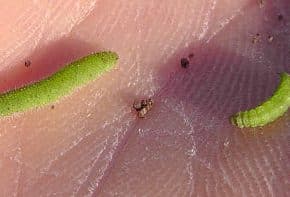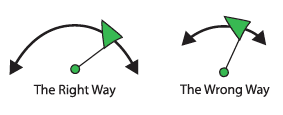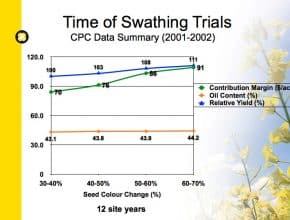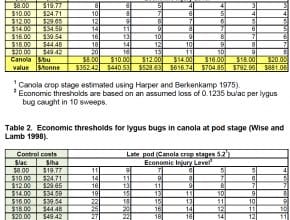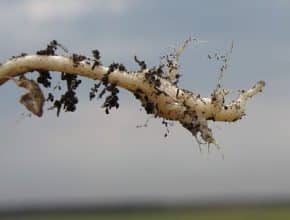Insects are the hottest topic this week, with managing uneven maturity at swathing and harvest a close second. Before spraying those insects, make sure the target insect is properly identified……
August 10, 2011 - Issue 19
-
-
Peace (B.C. and Alberta): Rain fell across the whole region in the past week, with accumulations of three tenths to half an inch. Many areas still have standing water in……
-
-
Economic spray thresholds are calculated based on individual species. We don’t have scientific evidence to combine thresholds, but where an “additive” effect of multiple species can make sense is when more than one species are feeding on key yield-producing areas — flowers, buds and pods — at the same time. For example, if you have lygus bug and cabbage seedpod…
-
Thresholds for lygus bugs and cabbage seedpod weevil, for example, are based on a specific sweep net technique. If you’re not doing a complete 180° pattern, walking while you sweep, and keeping the net near the top of the canopy, your counts could be significantly different from someone using the recommended techniques…
-
The ideal time to swath for yield and quality is when 50-60% of seeds on the main stem are turning color. At this stage, most seeds on the side branches will have reached maturity and will ripen in the swath. This may not be a safe assumption when very low plant counts result in heavily branched canola plants…
-
Growers considering a pre-harvest glyphosate cannot apply it to canola (RR or non-RR) until seed moisture drops to 30% or lower. This roughly coincides with 30% seed colour change. Spraying earlier raises the potential for glyphosate residue in seed…
-
-

